Businesses across various industries are gearing up to meet the Occupational Safety and Health Administration (OSHA) deadline on March 2, 2024. This critical date marks a significant milestone in workplace safety compliance, with implications not only for regulatory adherence but also for insurance preparedness.
Explore the importance of the OSHA deadline, its impact on insurance coverage, and essential steps businesses can take to ensure compliance and mitigate risks effectively.
What is the OSHA Form 300A?
The OSHA Form 300A is a crucial document required by the Occupational Safety and Health Administration (OSHA) as part of their recordkeeping requirements. It is a summary of work-related injuries and illnesses that occurred throughout the previous calendar year. Specifically, OSHA Form 300A, titled “Summary of Work-Related Injuries and Illnesses,” must be completed annually by certain covered employers and displayed in a conspicuous area within the workplace.
Here’s a breakdown of what the OSHA Form 300A entails:
Covered Employers: OSHA Form 300A must be completed by employers who are covered by OSHA’s recordkeeping requirements. This typically includes businesses with more than ten employees, although some low-risk industries and small businesses may be exempt.
Reporting Period: The reporting period for OSHA Form 300A covers the previous calendar year, from January 1st to December 31st. Employers are required to complete and post the form by February 1st of the following year, making it accessible to employees and any representatives of the Occupational Safety and Health Administration.
Summary of Injuries and Illnesses: OSHA Form 300A summarizes the total number of work-related injuries and illnesses that occurred during the reporting period. It includes information such as the total number of cases, the types of injuries or illnesses (e.g., sprains, fractures, respiratory conditions), and the number of days away from work or on restricted duty due to each case.
Certification: The employer or an authorized representative must certify the accuracy of the information provided on OSHA Form 300A. This certification signifies that the employer has reviewed the recorded injuries and illnesses and believes them to be complete and accurate to the best of their knowledge.
Posting Requirements: Once completed and certified, OSHA Form 300A must be posted in a conspicuous area within the workplace where it can be easily accessed by employees and any representatives of OSHA. This posting requirement helps ensure transparency and promotes awareness of workplace safety among employees.
Retention: In addition to posting OSHA Form 300A, employers are required to retain the underlying OSHA Form 300 and Form 301, which provide more detailed information about individual cases of work-related injuries and illnesses. These forms must be kept on file for a period of five years following the end of the calendar year covered by the records.
For more information on the OSHA deadline, review the guide.
Understanding the OSHA Deadline
The OSHA deadline serves as a pivotal moment for businesses to assess and enhance their workplace safety protocols. Established by the Occupational Safety and Health Administration, this deadline typically involves the submission of required documentation, such as injury and illness data, through the OSHA Recordkeeping system. By meeting this deadline, businesses demonstrate their commitment to maintaining safe working environments and complying with regulatory standards aimed at safeguarding employee well-being.
Implications for Insurance Coverage
While prioritizing regulatory compliance is paramount, businesses must also recognize the profound impact the OSHA deadline can have on their insurance coverage. Insurers often evaluate a company’s safety record and adherence to OSHA regulations when underwriting policies and determining premiums. Failure to meet OSHA requirements or demonstrate proactive safety measures can result in increased insurance costs or even coverage denials, exposing businesses to financial risks and liabilities.
Preparing for the OSHA Deadline
To navigate the OSHA deadline successfully and mitigate potential insurance-related challenges, businesses can implement several proactive measures:
Review and Update Safety Policies: Conduct a comprehensive review of existing safety policies and procedures to ensure alignment with OSHA regulations. Identify areas for improvement and implement necessary updates to enhance workplace safety standards.
Employee Training and Awareness: Invest in employee training programs focused on safety protocols, hazard recognition, and injury prevention. Educating staff members about their roles and responsibilities in maintaining a safe work environment is crucial for compliance and risk mitigation.
Recordkeeping and Documentation: Establish robust recordkeeping practices to accurately document workplace injuries, illnesses, and near-misses. Ensure compliance with OSHA’s recordkeeping requirements and maintain organized records that can be easily accessed and submitted as needed.
Regular Safety Audits and Inspections: Conduct routine safety audits and inspections to identify potential hazards and address them promptly. Implement corrective actions to mitigate risks and prevent workplace incidents before they occur.
Engage with Insurers: Proactively communicate with insurance providers to discuss safety initiatives, risk management strategies, and compliance efforts. Engaging insurers in collaborative discussions can help businesses demonstrate their commitment to safety and potentially negotiate more favorable insurance terms.
Seek Professional Guidance: Consider consulting with safety experts, legal advisors, and insurance professionals, such as Muir Insurance Group, to gain insights into regulatory requirements, industry best practices, and risk mitigation strategies. Seeking professional guidance can provide valuable support in navigating complex compliance issues and minimizing exposure to liabilities, and the experts at Muir are here to help.
Call 847-550-9900 or email Muir Insurance Group for a free consultation.
—–
